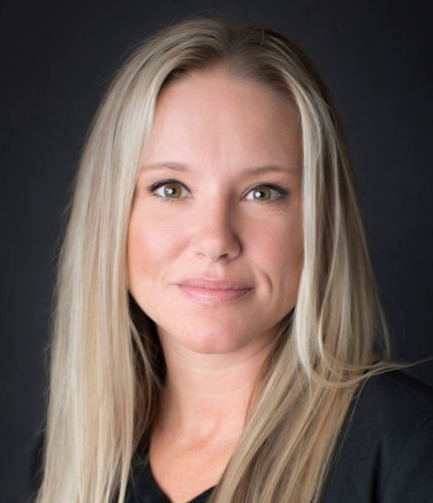QUICK TIP: Partnering with Home Health Might Be The Best Move
- jramieri

- May 3, 2022
- 3 min read

As if life is not hard enough for skilled nursing facilities, we’re starting to see another industry trend that is pulling residents away from what used to be a mainstay of the SNF business model: the post-acute care resident.
The negative image that SNFs received during the pandemic drove many post-acute patients away. Instead, they and their families sought other options: long-term acute care alternative hospitals (LTACHs) and in-patient rehabilitation facilities (IRFs).
The Hidden Source of Lost Business
But while these patient losses were troubling, there was another source that was taking many more residents. As reported in Skilled Nursing News this past February, Chicago-based Innovative Health tracked where their referrals were going if they didn’t choose their SNF. The result: about 1% went to LTACH facilities. Another 1.6% went to acute rehab. But a much higher percentage—12%--opted for home health.
Part of the problem for SNFs is the reputation that stuck to them during the pandemic. According to the Kaiser Family Foundation, more than 200,00 residents and staff in long-term care, much of it in SNFs, died from COVID. The perception was that LTACHs were safer, but the bottom line was that many more residents felt safer at home.
The solution, however, might be in partnering with home health rather than fighting them for the business.
SNFs Can Partner with Home Health to Recapture Business
The home health market has discovered a startling reality. Actually, two realities. First, many care providers for home health show up at the home of someone recently released from the hospital and discover they are still much too acute for such an option. They really need some time in a setting such as an SNF in order to successfully get through that crucial first week or two.
“There’s been a lot of inappropriate referrals and discharges to home health from the hospital,” said one SNF operator when interviewed by Skilled Nursing News.
Secondly, home health firms are running into the same issue that is plaguing virtually all of healthcare, a staffing shortage. According to Kaiser Health News and NPR, the labor shortage that has always existed in home health care has been made even more acute by the pandemic. Many home health care workers left their jobs for better-paying positions in hospitals. In short, the hospitals raided the home health firms for much-needed employees.
How Can SNFs Help?
There is an opportunity for SNFs in this dilemma. They can partner with home health providers. The trick is to find a home health firm that sees the opportunity, that wants to serve the residents in the best way possible, even if it means no immediate income for them. They know that the business will be there for them when that patient is ready to come home, and the outcome will be a lot better for everyone involved.
This is also an example of where SNF operators benefit from the relationships that they have made with other sectors of the industry over the years. Those facilities that pay attention to census numbers know that home health is a source of referral residents. Now, if they established those professional ties, they are seeing it pay off in another way.
CareWork Can Help
CareWork is a software as a service platform developed specifically for the skilled nursing facility operator and the broader long-term care market. CareWork ties in the various aspects of your operation, affording leadership and management a 360-degree view of everything—labor, scheduling, outcomes, census, and much more.
In this way, CareWork empowers providers and enables them to manage operations in one place and do so strategically. Automated tools provide data that increases quality, controls costs, tracks compliance, manages labor, reduces waste, and gets jobs done faster. We make care work easier.
Just as importantly, we are committed to the senior care industry. To learn more, visit our website.



